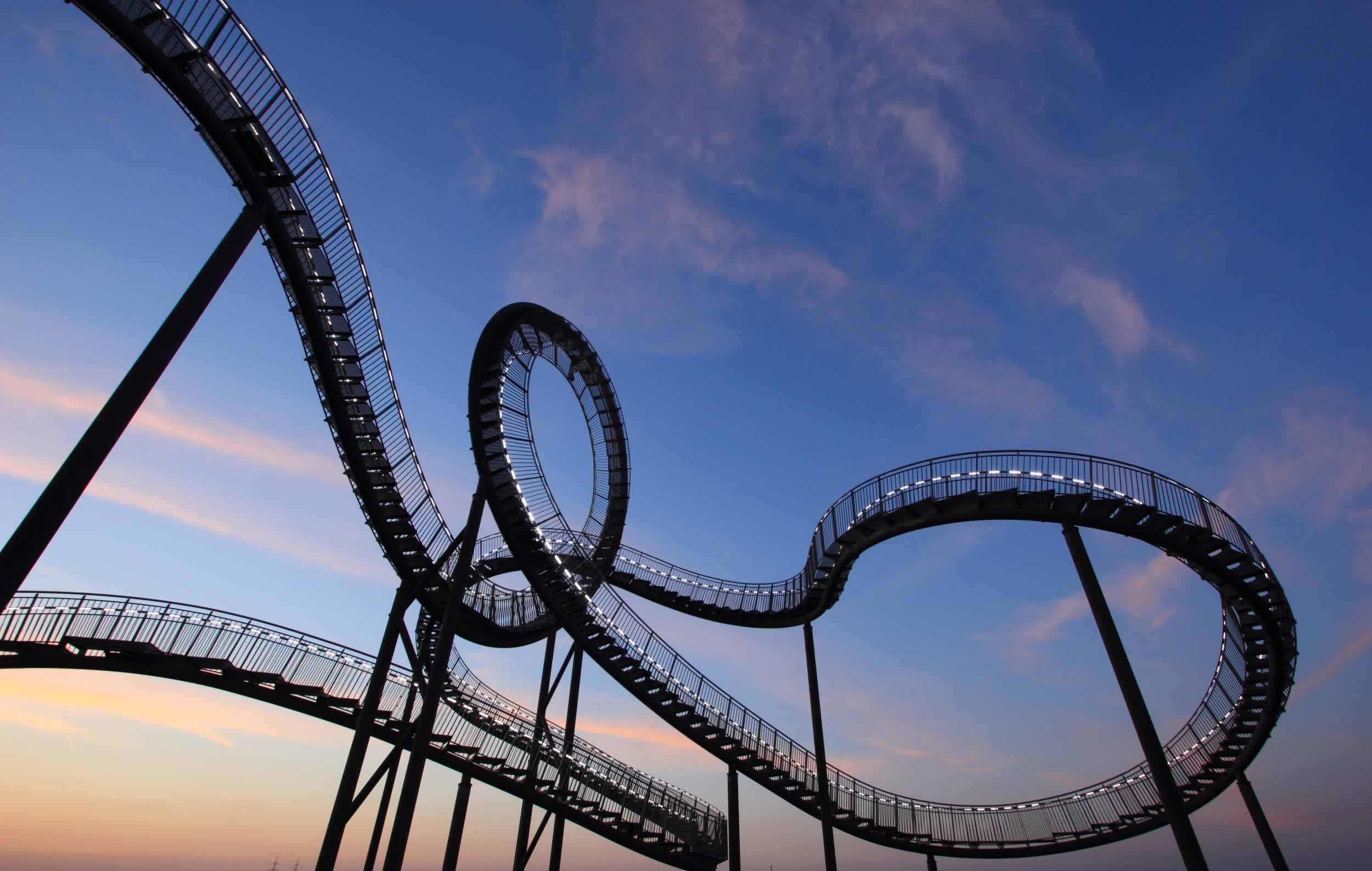In brief: Over a million hours of crash data both in the real world and the lab seemingly wasn't enough to iron out all of the wrinkles in a prominent feature on Apple's latest smartphone.

Crash detection debuted as one of a handful of new features on the iPhone 14 family and new Apple Watches in September. The feature utilizes an improved gyroscope, a new g-force accelerometer, microphones, GPS, barometer and an advanced algorithm to detect if you've been in a crash and automatically notify emergency services and your emergency contacts. If you are unconscious, your device will play an audio message for 911 and supply them with your latitudinal and longitudinal coordinates.
False positives have been causing headaches for both emergency service workers and users alike. The Warren County Communications Center near Kings Island amusement park outside Cincinnati has received half a dozen false alarms from riders since the new phones went on sale last month. According to The Wall Street Journal, the Joker roller coaster at Six Flags Great America near Chicago has also triggered false positives.
A spokesperson told the publication the feature is extremely accurate in detecting severe crashes, adding that Apple optimized it to minimize false positives. The spokesperson noted that Apple will continue to improve the feature moving forward.
In another incident, Douglas Sonders' iPhone 14 Pro Max flew off his motorcycle during a Saturday cruise with some friends in New York City. Assuming the phone was long gone, he headed to a local Apple Store to replace it. But the phone wasn't dead, and had instead called emergency services and notified his emergency contacts that a crash had been detected.
Last month, one YouTuber put the feature to the test by strapping an iPhone 14 Pro to the headset of a car and sending it careening into stationary targets. It worked, but they could have just as easily went to an amusement park to test the feature.
Inadvertent triggers are more than just a nuisance. Wasting resources on false alarms could slow response times for actual emergencies and put lives in danger.
Image credit: Pixabay